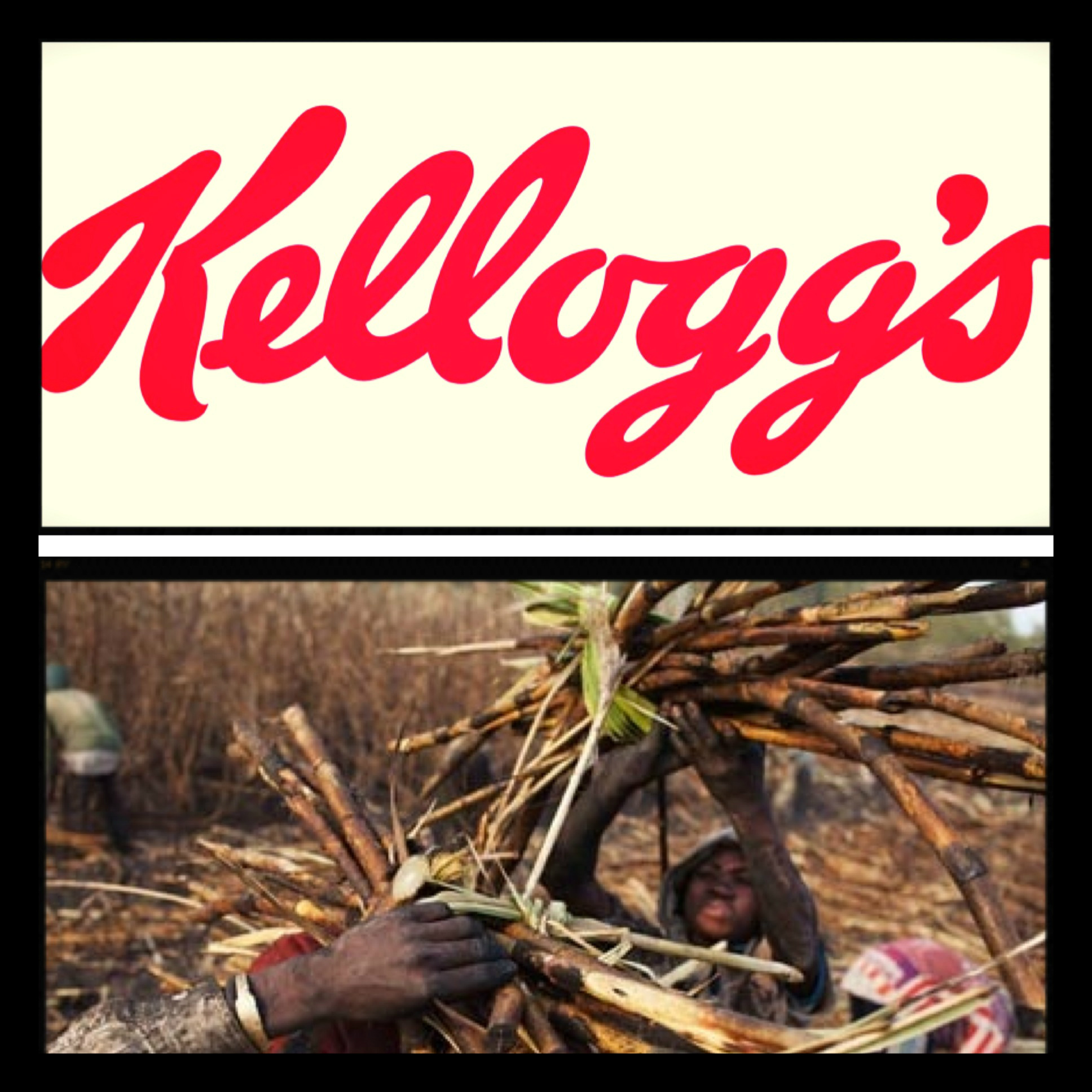Apple’s inventory levels have decreased significantly since Tim Cook, labelled an “operational genius”, became their CEO and started managing their supply chains. This is interesting because it shows how important operations can be towards the success of a business, especially in the case of Apple where their low turn-over rate meant less expenses and more cash to spend elsewhere. Unfortunately, this means more difficult competition for companies like Samsung, as Charmian mentions the ongoing rivalry between it and Apple, especially with its new product the iPhone 6 so recently out.

Source: http://www.activebeergeek.com/wp-content/uploads/2011/05/apple-products.jpg?w=300
A high inventory turnover rate can be a key factor for success, and this may be the concern of Sony, who seems to be struggling with the mobile phone market whilst competing against strong competition like Apple, just as Neysa mentions. Perhaps the only method left for them to close the gap is to find an “operational genius” for themselves, just as Apple had. Nevertheless, none can say how long Apple can maintain their low inventory turnover and overwhelming success, as their popular new iPhone 6 finds itself in the midst of much criticism.
reference: http://seekingalpha.com/article/2046823-apples-inventory-the-sum-of-all-fears

